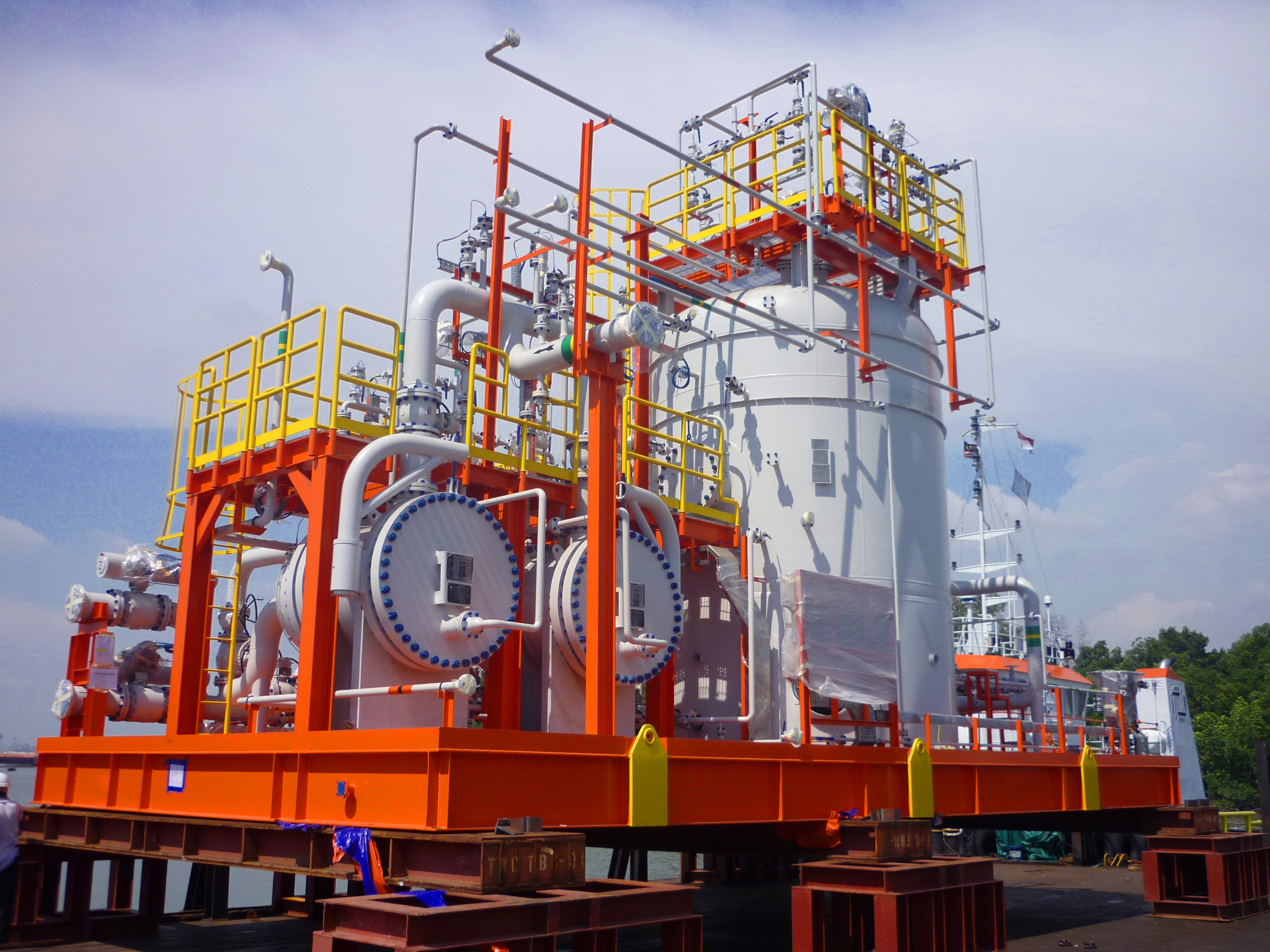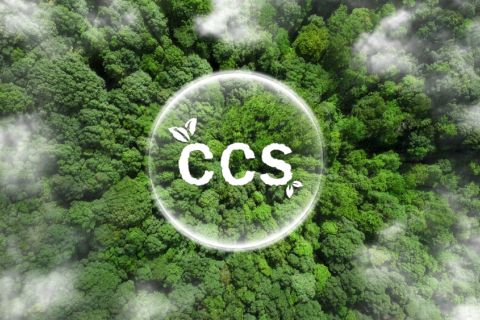The residents of Beverly Hills have been responsible for more than their fair share of eccentric behaviors over the years. But the current trend—painting parched lawns a shade of vibrant green—reflects a serious problem as celebrities and other owners of beautifully landscaped but decidedly patchy-looking backyards attempt to disguise the impact of California’s record-breaking drought. People caught with suspiciously natural-looking grass have been the subject of online flame wars for wasting water—drought shaming has spread throughout the state.
About to enter its fourth year, the drought has resulted in stringent controls on water usage. Gov. Jerry Brown has imposed unprecedented measures to cut water use by 25% across the state. Farmers in the delta of the Sacramento and San Joaquin rivers have volunteered extra reductions but have failed to stave off further mandatory cuts.
However, as California’s agriculture sector struggles to reduce its water consumption—estimated to be 80% of the state’s total—eyes are turning to California’s other big producer: oil and gas.
California is not only the biggest producer of fruits, nuts and vegetables in the U.S.; it is also the country’s third largest producer of oil—extracting roughly 200 MMbbl/year of oil. The rock formations that bear oil in the region also harbor large volumes of brackish saltwater. The ratio of water to oil produced by operators in the region is, on average, 10:1.
Kern River
As Chevron recently explained, its Kern River oil field neatly illustrates the situation. Kern River is the second highest producing oil field in the state, but for every barrel of oil it also produces about nine barrels of water. Almost 25% of this water is treated to remove solids and free, dispersed and dissolved hydrocarbons before being used in EOR applications. Because the Kern River Field tends to produce heavy oil, steam flooding is used to reduce the crude viscosity (or liquefy it) and boost production.
In the case of the Kern River oil field, that leaves 75% of the produced water that is not required for further oil extraction. That is at the lower end of the range for oil producers in California, who often have to dispose of or find ways of reusing up to 99% of their produced water. This, coupled with recent discussions by state officials regarding the closure of nearly 100 disposal wells, will push the reuse of this produced water even further.
Naturally, that water still needs to be treated, and until now there has been little economic incentive for operators and farmers to get together and work out a deal for this treated water. Historically, reinjection has been cheaper than reuse given the treatment that is required even for agricultural purposes.
But that financial equation has not taken into account a record-breaking drought, nor does it allow for the precipitous drop in oil prices, which has hit the bottom line of the state’s producers hard. On the one hand, farmers need water to maintain healthy production of essential crops. On the other, oil producers are looking for innovative and cost-effective solutions to boost their margins. For the most part, these solutions look at how best to optimize output from existing wells or minimize
production costs.
But technological advances mean that there are now solutions available that make it possible to treat produced water on a much more cost-effective basis. Not only does this reduce the opex associated with finding new freshwater or disposing of produced water safely and compliantly; it also could provide oil producers with a new asset to offer to market: water that is fit for agricultural purposes.
The numbers add up. Farmers typically buy freshwater at about 25 cents/bbl. Even taking into account a lower cost for recycled water—say, 18 cents/bbl—it is now possible to perform the necessary processing for less than this amount for significant quantities of produced water, if not all of it. Even considering initial capital costs, when the difference is factored up by several million barrels a day, the results can be significant both for the operators and farmers.
Treatment requirements
So what treatment is required in California? Standards for agricultural use are less stringent, for many components, than for potable water. The Chevron Kern River project, for example, had to operate to the following specifications:
• Flow: 33.5 mg/d (daily maximum);
• Boron: 1.3 mg/L (annual average);
• Chloride: 200 mg/L (annual average);
• Electrical conductivity: 940 μhos/cm (annual average);
• Oil and grease: 35 mg/L (daily maximum); and
• Sodium: 142 mg/L (annual average).
Most remaining solids and hydrocarbons need to be eliminated, while suspended and dissolved components such as potassium chloride and sodium chloride need to be down to the two- or three-parts-per-million range. Certain state-regulated components also will need to be removed, including iron, chromium nickel and boron.
Traditional produced water technologies have a major role to play. Corrugated plate interceptors, induced gas flotation units, nutshell filters and polishing filters to capture any residual solids, create a fairly standard method for treating water to Californian state regulations for reinjection. For agricultural use, however, additional treatment is required, typically reverse osmosis, ion exchange or a combination of the two. Ultrafiltration also can remove enough particulate to get the level of total suspended solids to an acceptable limit. In some cases with high levels of dissolved solids, evaporation also may be needed.
For example, ProSep has provided preliminary FEED concepts for several California reuse applications. Many of these require the oil and solids to be removed, followed by specific contaminant removal treatment, to achieve the standards required for agricultural use. The design and operation of these systems is fairly simple and inexpensive.
However, in another application, after removing the oil and solid contaminants, the total dissolved solids levels were elevated to a point where the water had to be evaporated and condensed to meet the required standards. In this case there was a requirement for additional treatment to remove heavy metals and/or potentially toxic contaminants. The resultant solution is naturally more complex and costly to operate and maintain.
Due to the large volumes of associated produced water generated by E&P operations, there exists a readily available source of water to alleviate some of California’s water woes. But as illustrated in the examples above, additional treatment and monitoring will be required; in some cases this is easily achieved, while in other applications, considerable expertise and resources are required to achieve a usable product.
These primary and secondary separation treatment technologies already are widely applied in oil and gas and other industries. They can be customized and packaged to provide a complete solution for each operating field. Additional tertiary treatment technologies can be incorporated to meet near-zero discharge limits as needed.
It is not often that the oil and gas sector gets the chance to present itself as an environmental steward. But as California’s agriculture sector is starting to consider the possibilities offered by this previously unused water source, the opportunity is there to be seized.

Recommended Reading
Deep Well Services, CNX Launch JV AutoSep Technologies
2024-04-25 - AutoSep Technologies, a joint venture between Deep Well Services and CNX Resources, will provide automated conventional flowback operations to the oil and gas industry.
EQT Sees Clear Path to $5B in Potential Divestments
2024-04-24 - EQT Corp. executives said that an April deal with Equinor has been a catalyst for talks with potential buyers as the company looks to shed debt for its Equitrans Midstream acquisition.
TotalEnergies, Vanguard Renewables Form RNG JV in US
2024-04-24 - Total Energies and Vanguard Renewable’s equally owned joint venture initially aims to advance 10 RNG projects into construction during the next 12 months.
Ithaca Energy to Buy Eni's UK Assets in $938MM North Sea Deal
2024-04-23 - Eni, one of Italy's biggest energy companies, will transfer its U.K. business in exchange for 38.5% of Ithaca's share capital, while the existing Ithaca Energy shareholders will own the remaining 61.5% of the combined group.
Weyerhaeuser, Lapis Energy Enter Carbon Sequestration Exploration Pact
2024-02-29 - The exploration agreement covers 187,500 acres across three states with five potential carbon sequestration sites.




